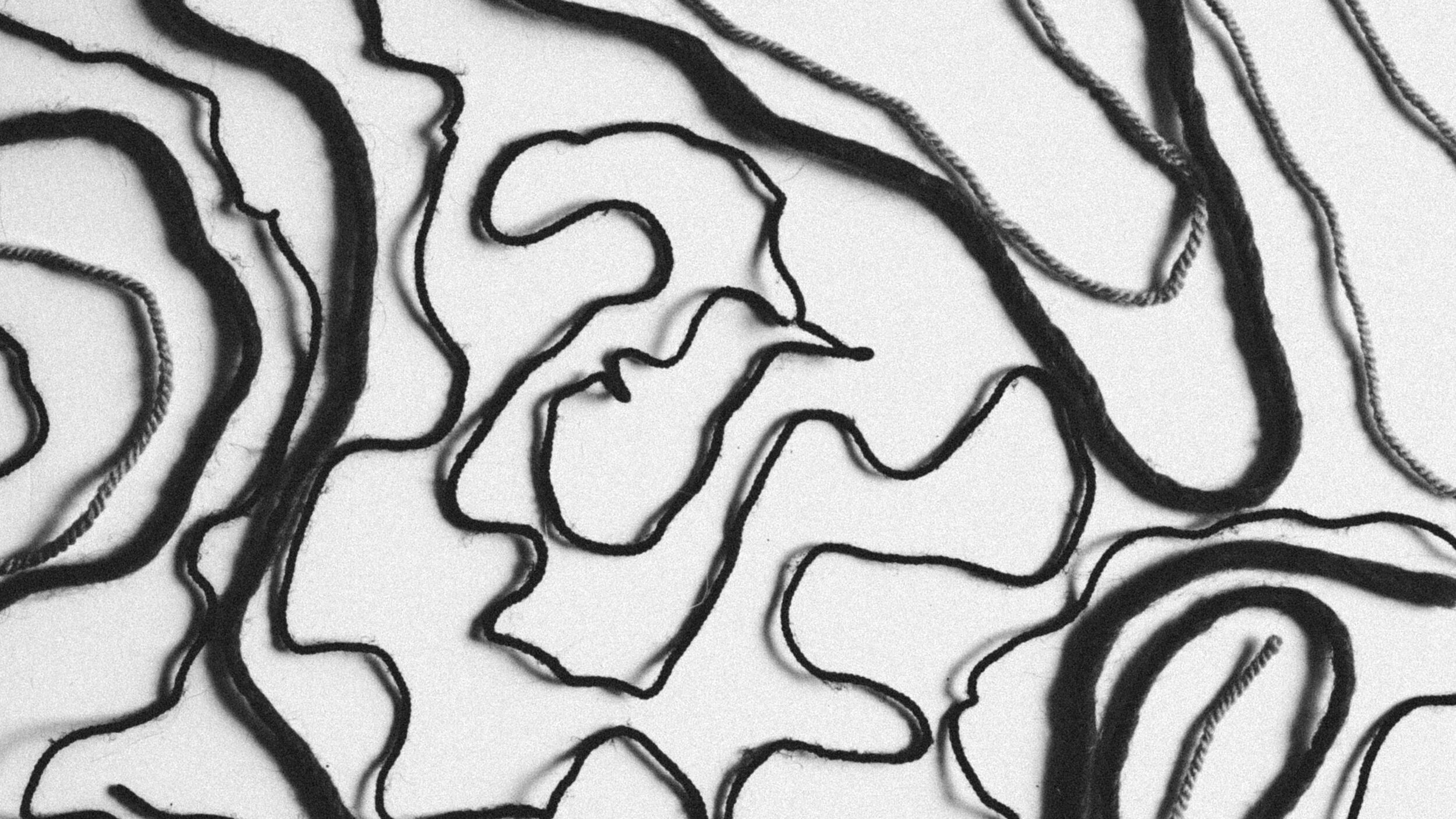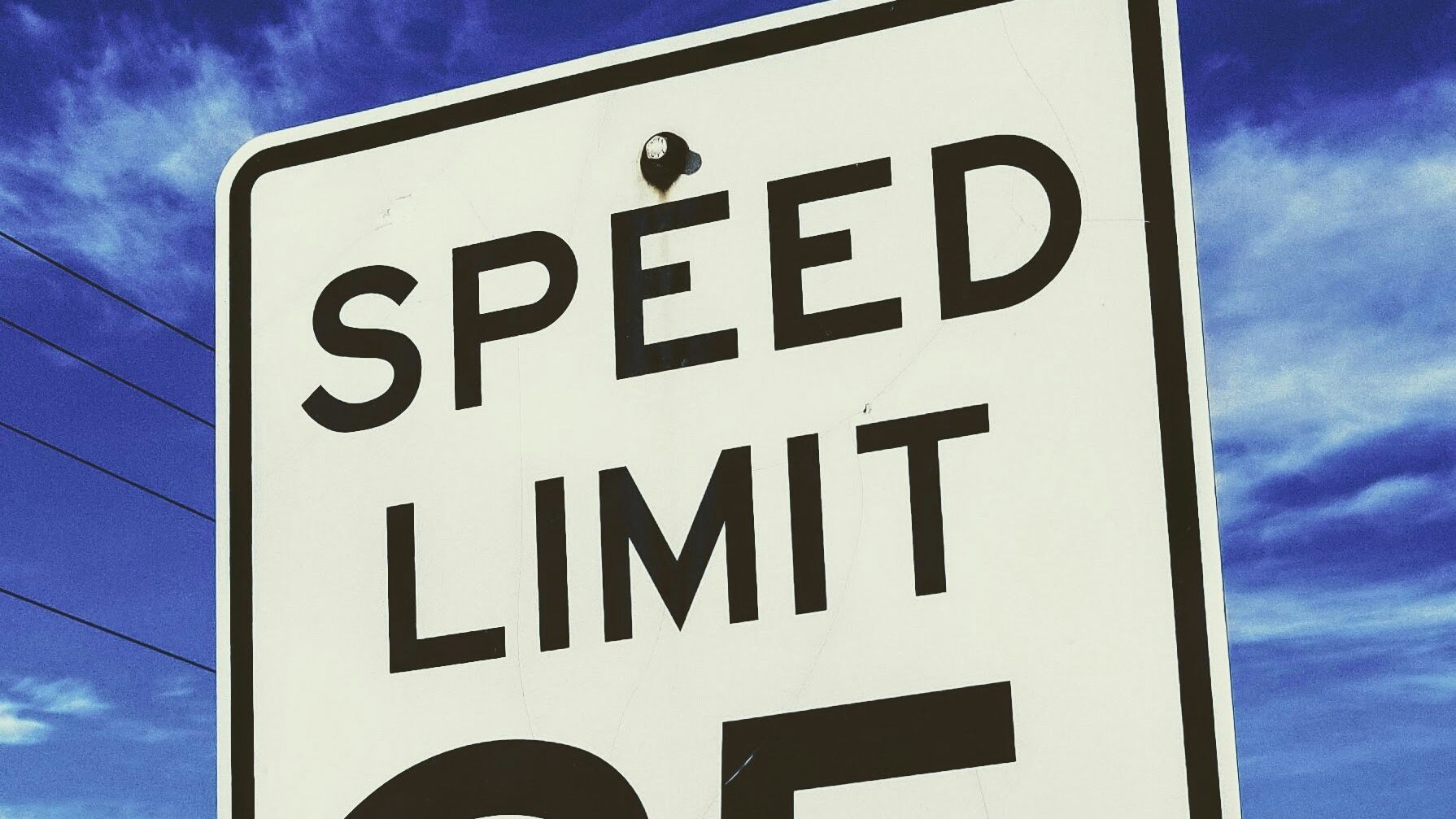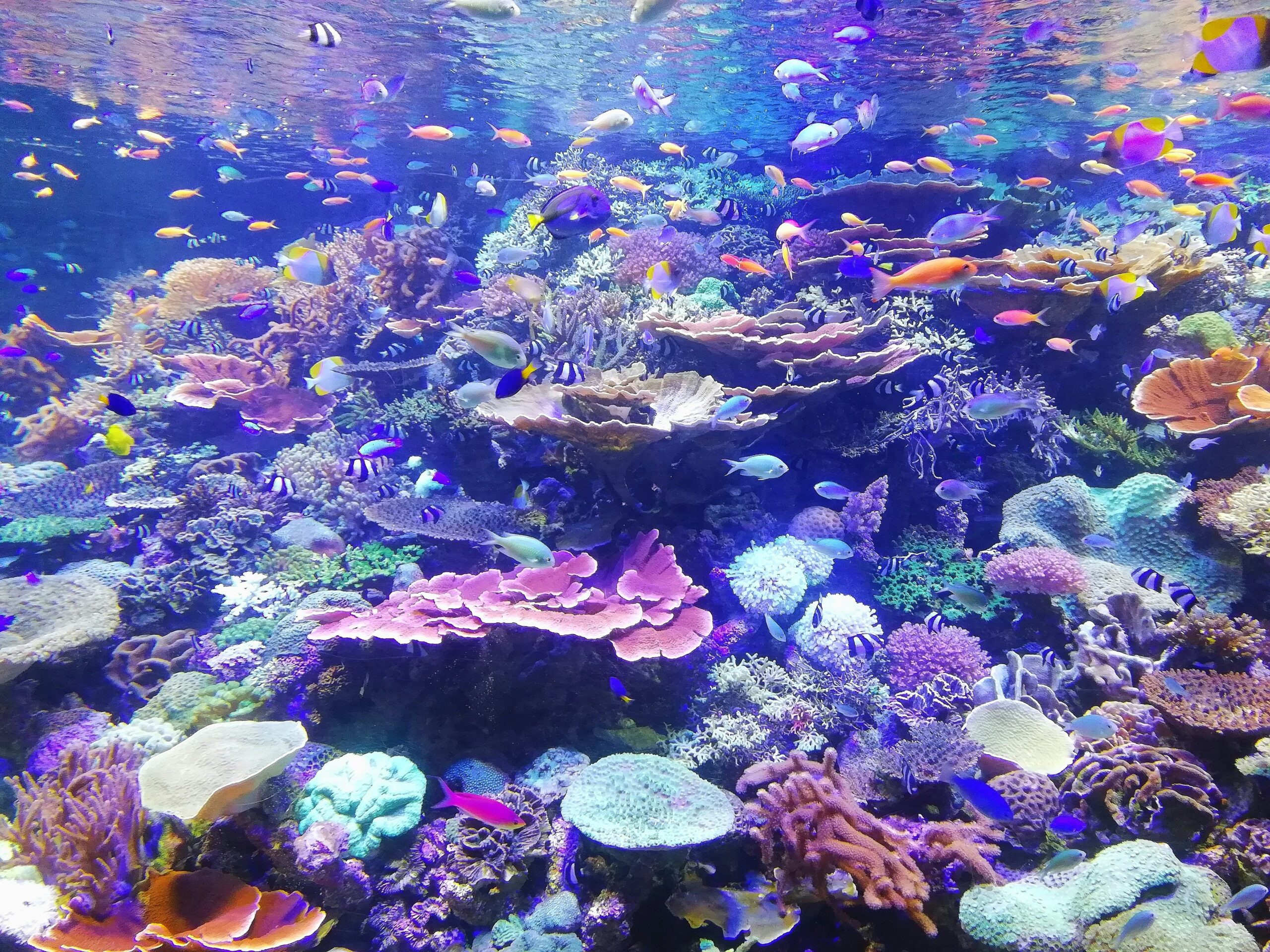The Ecological Approach, a non-linear motor learning theory, is becoming popular in the football. The name itself may suggest a complex concept. In this article, we will explore this theory through a Q&A format. By incorporating my interpretation as a volleyball specialist, I hope to promote understanding of this theory in the volleyball community and contribute to its development.
What is the Ecological Approach?
Q: What exactly is ‘non-linear motor learning theory’?
A: Non-linear motor learning theory emerged as a contrast to linear motor learning theory. Traditionally, the predominant belief was linear – the idea that players improve in direct proportion to the amount of training time. However, in real sports settings, this linear progression did not always occur. Instead, performance often fluctuated, showing periods of stagnation, decline, and improvement in a non-linear fashion. This led to the development of the non-linear motor learning theory.

Q: What is the ‘Ecological Approach’?
A: The Ecological Approach is a type of non-linear motor learning theory. ‘Ecological’ can be translated as ‘relating to the study of organisms and their interactions with each other and their environments’. Therefore, the Ecological Approach focuses on understanding the interactions between players and their environments, as well as between players themselves, as a foundation for motor learning.
Q: How does the Ecological Approach view motor learning?
A: According to the Ecological Approach, motor learning involves experimenting with various perceptions, decisions, and movements within a given set of constraints to discover the optimal actions for oneself. The movements learned through this trial-and-error process tend to be highly reproducible in game-like situations, facilitating the transfer of training to actual gameplay.

Q: What is the underlying principle of the Ecological Approach?
A: The core idea is that motor skills do not reside within the player but exist in the interactions between the player and their environment or between players. Without practicing in a game-like environment where such interactions are present, the training outcomes will not transfer to actual games.
Q: Can you explain the terms ‘prescriptive organisation’ and ‘self-organisation’ used in the Ecological Approach?
A: ‘Prescriptive organisation’ refers to players’ performance being shaped by following coaches’ instructions and commands. In contrast, ‘self-organisation’ involves players developing their performance styles through adapting to the given environment. Players who are prescriptively organised rely on patterns and may struggle when encountering situations that do not fit these patterns. Conversely, self-organised players can autonomously respond to chaotic game situations using improvised solutions. The Ecological Approach places importance on promoting self-organisation.

Q: What does ‘affordance’ mean in the context of the Ecological Approach?
A: ‘Affordance’ refers to the possibilities for action provided by the environment. In the Ecological Approach, motor learning is seen as ‘adaptation to constraints’. Humans can move freely without constraints, but having too many choices can be paralyzing. Constraints help narrow down the choices, making action possible. In this context, affordances are the opportunities for action that emerge within the constraints.
Let’s look at a concrete example of a training drill with constraints:
Training Drill: 6 vs 6 Wash Game (a team can earn a big point by winning three consecutive little points. If a team wins two little points in a row but loses the next, they lose the two little points. The rally continues until a big point is won.)
Constraint 1: Returning the ball to the opponent’s court on the first dig results in a point for the opponent.
Constraint 2: Only back-row players can spike. Front-row players can only attack without spiking.
Consider the possibilities that may arise from Constraint 1. The digger will be more conscious of keeping the ball in their own court, likely adjusting the angle of their platform upwards more than usual. They may avoid risky A-passes, focusing instead on ensuring that the ball is in a position that allows the setter to maintain an effective attack. Blockers may also become more committed to lessening the impact of spikes to assist the digger.
With Constraint 2, main diggers (back-row players) will be more aware of their role in attacking and may aim to dig the ball higher to ensure they can join the attack. Front-row players, restricted from hard attacks, will look for ways to score with soft attacks, likely increasing their focus on pre-attack observation and using skills like wipes and tips.
These constraints help create affordances, or opportunities for certain actions, within the training environment. The key is to think about what actions you want to see emerge, design constraints to encourage those actions, and then adjust based on feedback. Constraints should be game-like to ensure that training outcomes transfer to actual gameplay.


